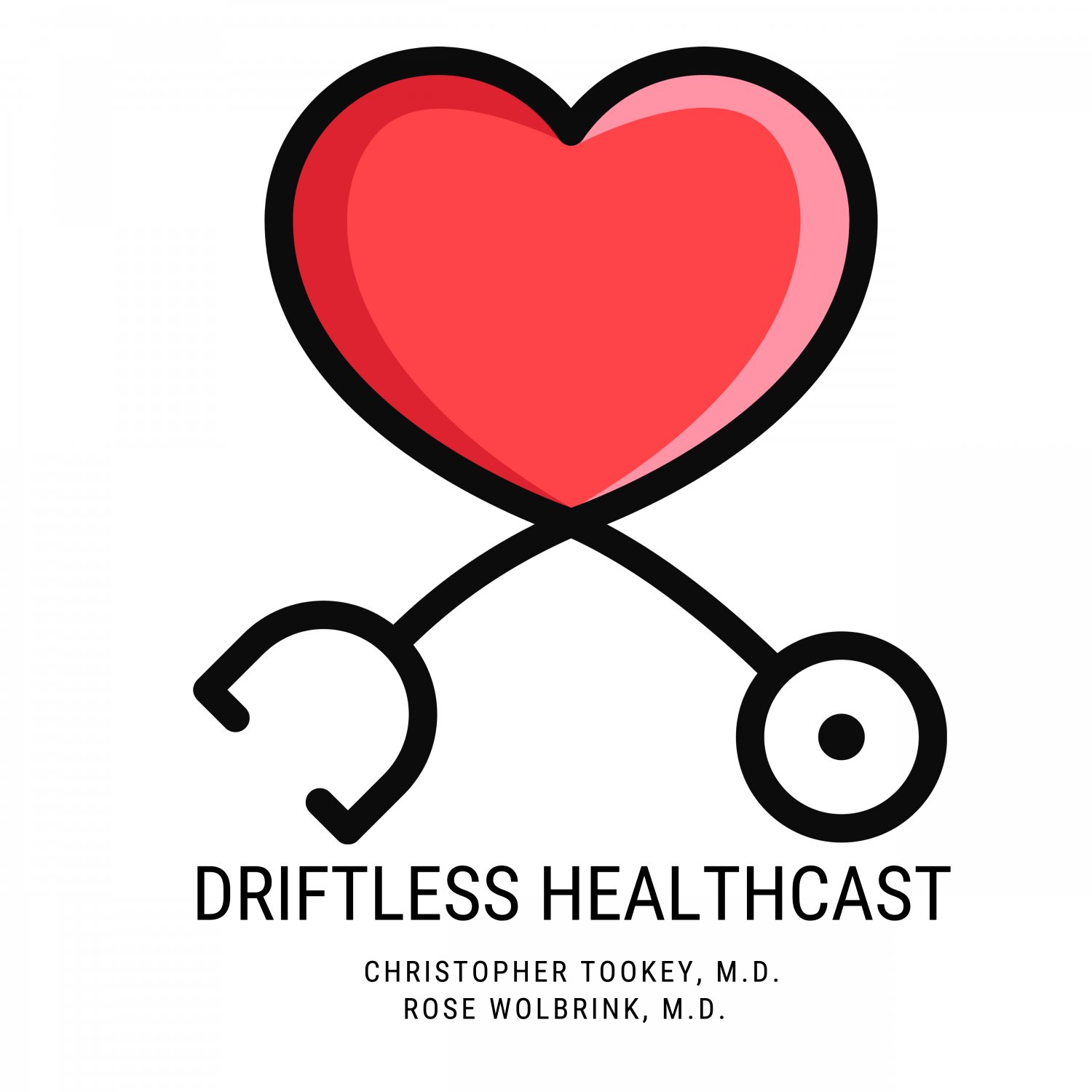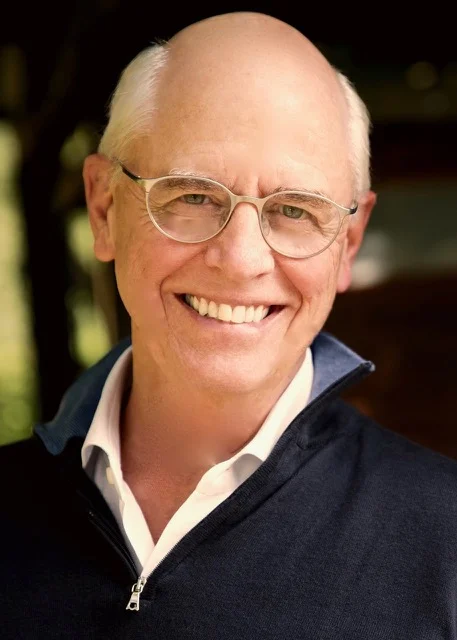Antidoters Podcast: Where Have all the Compassionate Neighbours Gone?
Description
Hello Strangers! Sorry for the radio silence. I’ve spent a lovely last month taking my own advice and prioritising family, plus reading to restock my mind-pantry. Because the truth is, I’d run out of spleen-venting material and feared I was repeating myself. (Perhaps it might help all our content-overwhelm if people stopped posting for the sake of it. Two ears, one mouth etc).
And what a last month it’s been with so many explosive global news events in all my fields of fascination/ concern: a poisonous feast of political polarisation; a prospective (likely abortive) TikTok ban in the US; tribal battle lines drawn over whether it’s possible to accidentally extend one’s right arm; identity-politics playing out in responses to two huge UK news stories- grooming gangs and the tragic Southport murders; and much more. I’m following as much of it as my stress levels can take, and yes, I have opinions (indeed, I was sat on a zoom with Sky News at 7.30pm last friday, thirty seconds from interview go-live to discuss the TikTok ban I wholeheartedly support before being bumped by the demise of a much-loved footballer).
Thanks for reading Antidoters! Subscribe for free to receive new posts and support my work.
Global politics is viewed as either deeply concerning or a welcome course-correction as pendulums of ascendant opinions swing around wildly, but our obsession with the global comes at what cost to the local? Indeed, how much of what is (or isn’t) happening at the local community level is responsible for it? Arguably, all of it…
The decline of community is one of the repetitive themes of Antidoters and last week I was hugely struck by a brilliant long article in The Atlantic by Derek Thompson that articulated and evidenced this phenomenon much more beautifully than I ever could: ‘The Antisocial Century’. (If you have the time, stop reading this and read that - you have my permission. If not, some highlights as follows). Whilst it’s US focussed, I believe it to be just as relevant to the UK.
The article details how, from the very social early part of the 20th century (thriving churches, growth of local group participation plus the rapid spread of libraries, theatres, music venues and parks), various trends over the last few decades have seen communities go into terminal decline. It started with the rise of car-culture and the impact on urban-planning… then shifting political priorities… then TV’s appearing in every home… (“From 1985 to 1994, active involvement in community organizations fell by nearly half” (Robert D Putnam “Bowling Alone”)..
All this well before the turbo-charging of these trends by recent technology shifts, Covid, on-demand entertainment and the explosion of food-delivery services:
“If two of the 20th century’s iconic technologies, the automobile and the television, initiated the rise of American aloneness, the 21st century’s most notorious piece of hardware has continued to fuel, and has indeed accelerated, our national anti-social streak. Countless books, articles, and cable-news segments have warned Americans that smartphones can negatively affect mental health and may be especially harmful to adolescents. But the fretful coverage is, if anything, restrained given how greatly these devices have changed our conscious experience. The typical person is awake for about 900 minutes a day. American kids and teenagers spend, on average, about 270 minutes on weekdays and 380 minutes on weekends gazing into their screens… By this account, screens occupy more than 30 percent of their waking life….
The individual preference for solitude, scaled up across society and exercised repeatedly over time, is rewiring America’s civic and psychic identity. And the consequences are far-reaching—for our happiness, our communities, our politics, and even our understanding of reality….
More worrisome than what young people do on their phone is what they aren’t doing. Young people are less likely… to get their driver’s license, or to go on a date, or to have more than one close friend, or even to hang out with their friends at all….
Phones mean that solitude is more crowded than it used to be, and crowds are more solitary. Bright lines once separated being alone and being in a crowd… Boundaries helped us. You could be present with your friends and reflective in your downtime. Now our social time is haunted by the possibility that something more interesting is happening somewhere else, and our downtime is contaminated by the streams and posts and texts of dozens of friends, colleagues, frenemies, strangers….
Practically the entire economy has reoriented itself to allow Americans to stay within their four walls. This phenomenon cannot be reduced to remote work. It is something far more totalizing—something more like “remote life.”
And one lovely framing theory that I’ve since plagiarised in conversation is the following:
Home-based, phone-based culture has arguably solidified our closest and most distant connections, the inner ring of family and best friends (bound by blood and intimacy) and the outer ring of tribe (linked by shared affinities). But it’s wreaking havoc on the middle ring of “familiar but not intimate” relationships with the people who live around us. “These are your neighbors, the people in your town.. We used to know them well; now we don’t”
I would personally add ‘the narcissistic obsession of self’ to the inner ring - and global political obsession to the outer, tribal ring. But yes, the middle ring we neglect at our peril.
Thompson goes on to explain how the “the middle ring is key to social cohesion… Families teach us love, and tribes teach us loyalty. The village teaches us tolerance”. Bumping regularly into those with whom we might disagree on ideology or politics but share so many other experiences, family-dynamics or local concerns allows us to truly see each other and find common-ground. Different experiences and life-perspectives are given greater consideration. Accommodation and peaceful co-existence becomes both possible and necessary.
And so, in an attempt to take my own medicine, my antidote-quest has driven me to middle-ring proactivity. I’ve volunteered with a local hospice initiative to be a ‘compassionate neighbour’ for an hour a week to a local elderly person who is lonely or socially excluded.
I hesitate to share this, as I feel there’s too much ‘look what a nice person I am’ virtue signalling in the world, so I’ll be honest and admit that my motivation here is only part altruistic and part selfish/ for research-purposes. Who are the people that do this and what is their motivation? What difference do/ can they make? How might one scale this? On a personal level, who might I get to know and how differently might they see the world based on their much longer experience of it? I’d love to hear personal stories of bygone-times and to broaden my narrow ‘people-like-me’ social circle. (But yes, I will commit to it and not quit once I’ve extracted some Antidoters value!)
So far, without yet having even been matched to a new socially-excluded friend, my research curiosity has already been piqued as follows:
Why was it so hard to volunteer for this? Why did I need to be DBS-checked, impose on two friends for references and attend a whole-day training event to give an hour of my time each week to have coffee with another consenting adult? But of course I know the answer: the precautionary principle.
If I murder Doris or steal all her money, someone will need to be held responsible (albeit possibly Amazon for selling me the knife… ‘do something! anything!’ *facepalm*). Whilst potentially there from the best of intentions, how far are all these barriers putting many off from getting involved in local initiatives? How many more football coaches, youth workers, scout-leaders or citizen-advice volunteers might we benefit from without them? We’ll never know.
(In related research, I talked to the British Nightclub Association last week about the potential of putting on alcohol-free ‘lite club’ evenings in their venues for teenagers but yet again, the precautionary principle is a key blocker. One negative news story involving drugs, a fight or a spiking would see the whole initiative would go up in flames of negative publicity, so it’s easier not to try. Let’s leave the kids to hang out in dingy, underfunded parks. (Or not… watch this space… or take that idea for yourself and run with it))
Why were all the 15 volunteers in my training session (bar one) female and with an average age of c. 68? Again no surprise perhaps given how similar percentages play out across the care sector (only 18% of the people working in adult social care identify as men – and even fewer among care workers (16%), senior care workers (15%), nurses (13%) and occupational therapists (11%) </

























